Muscat
Old Town Sultanstadt Maskat Mascat Muskat

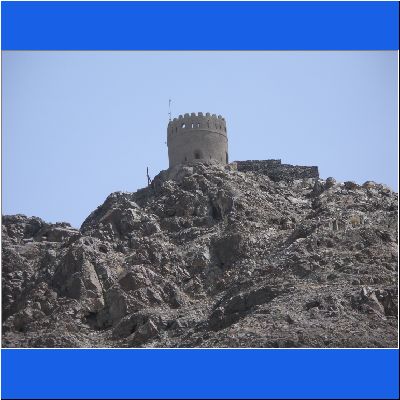
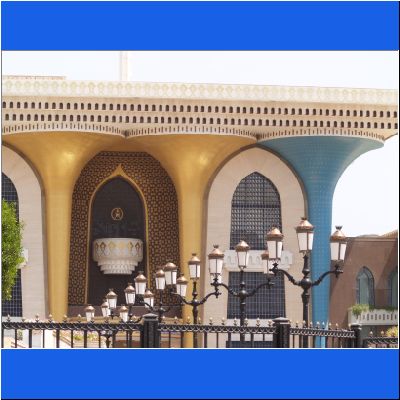
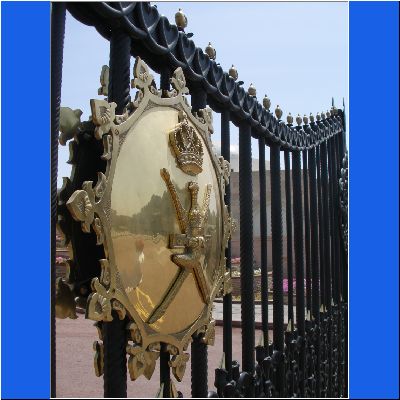

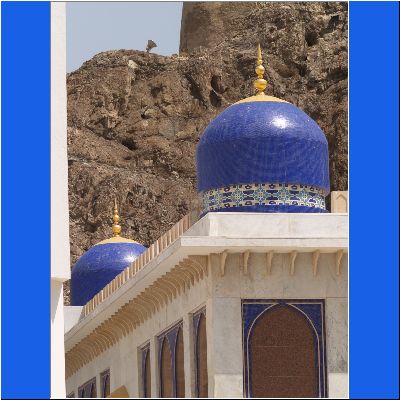

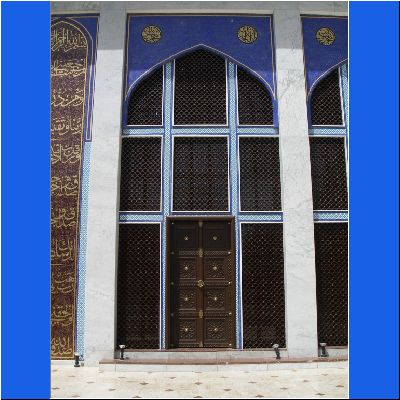
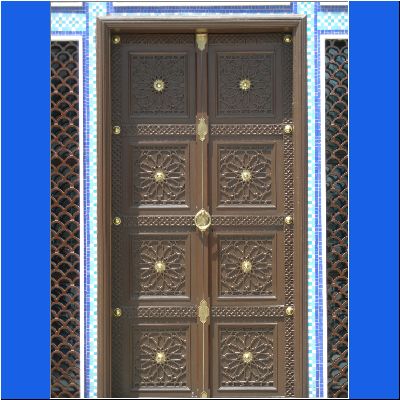
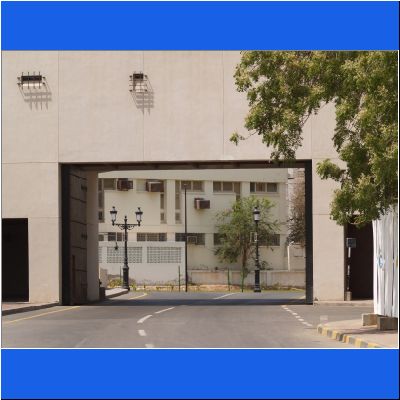

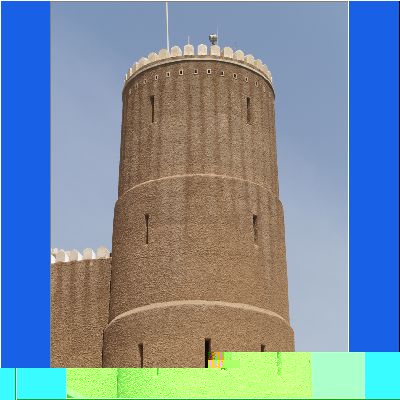


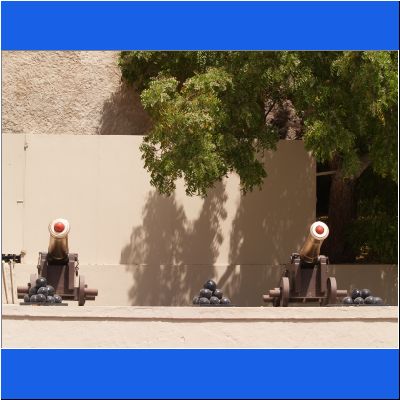
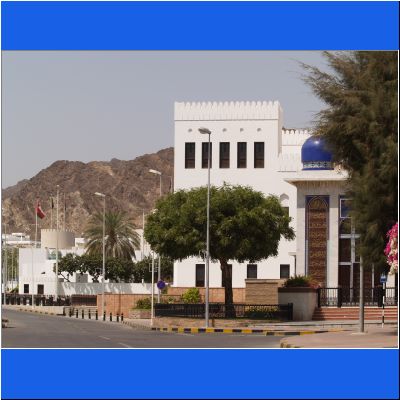

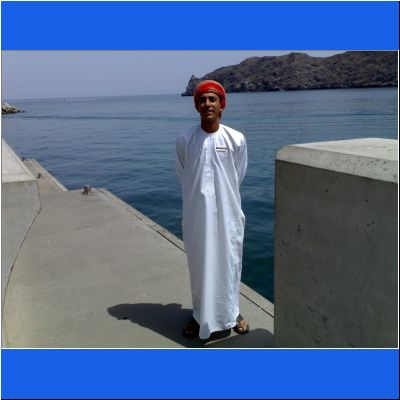

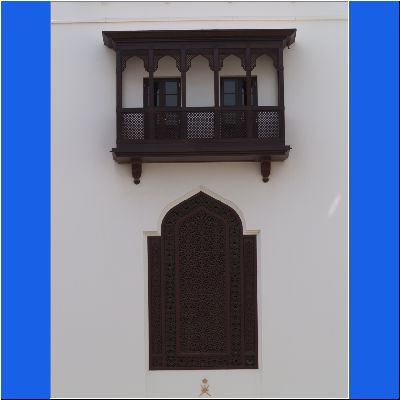
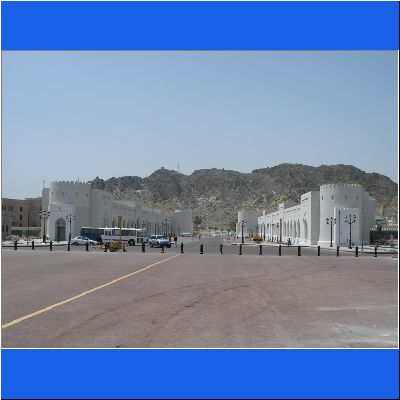

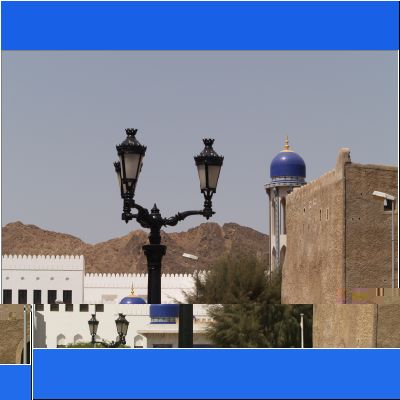


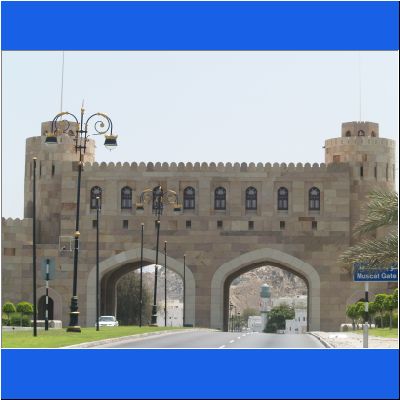
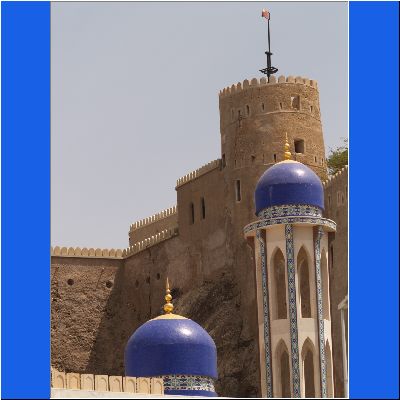

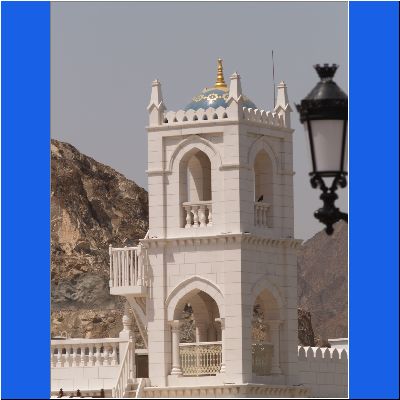

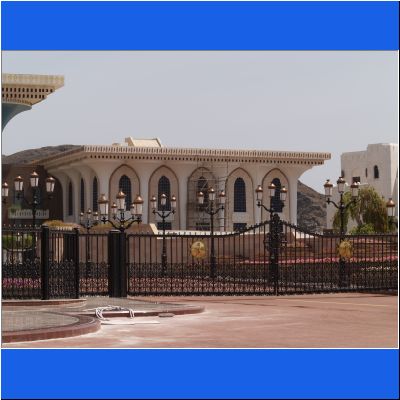
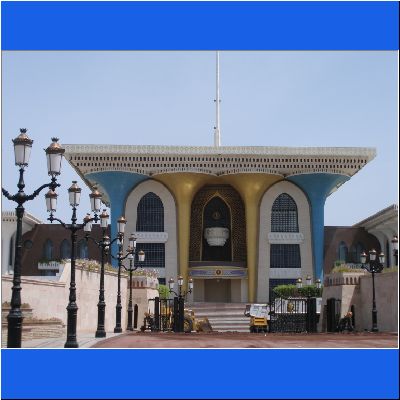
Stadtteil Hafen Muttrah
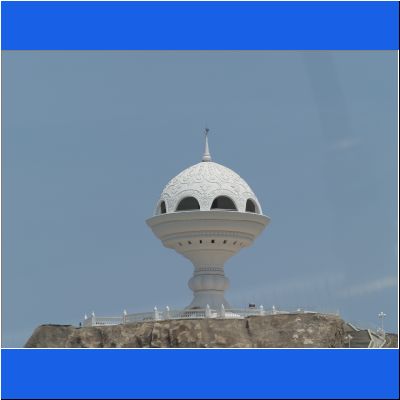
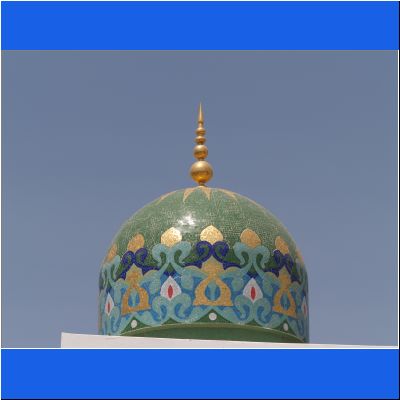
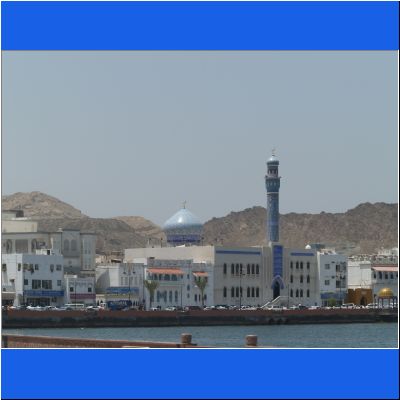
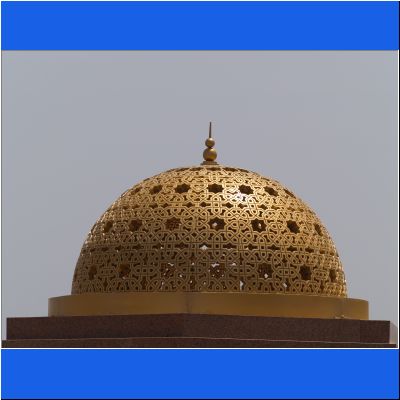


Hier sind die zwei Boote
vom Chef ......Sultan Quaboos Kreuzschiff und Dhau
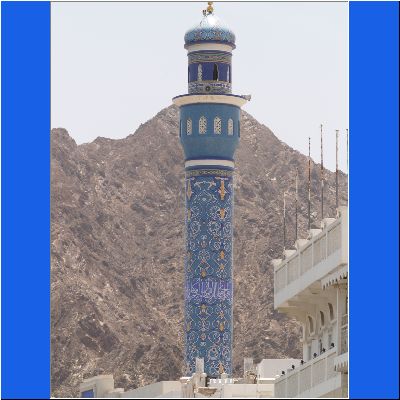
Sun - Cruiserstrecke Al Qurm mit Starbuck
und Marina Cafe

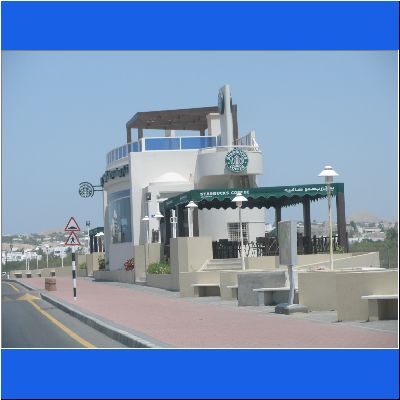


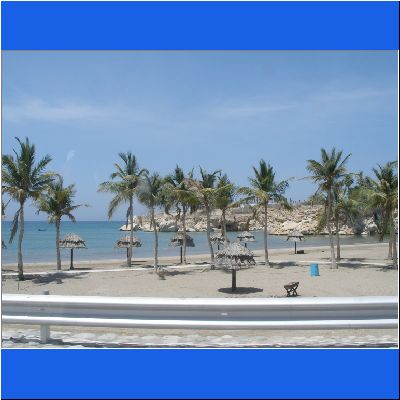

Muscat (or
Maskat in
Arabic) is the capital and largest city of
Oman, located
on the Arabian
Peninsula along the
Gulf of Oman.
Muscat is a historic, vibrant city that blends a rich
cultural heritage with modern development, making it a
unique and attractive destination. It serves as the
political, economic, and administrative hub of the country.
Key Features of
Muscat (Maskat):
1.
Geography and
Location
-
Coastal City:
Muscat is strategically positioned along the coast,
surrounded by the
Hajar Mountains
to the west and the
Gulf of Oman
to the north. Its location makes it a natural port city
with access to both trade routes and scenic views.
-
Climate:
The climate in Muscat is
hot and
arid,
with high temperatures reaching over 40°C (104°F) during
the summer months. The winter months are cooler and more
comfortable, making it a popular time to visit. Rain is
relatively rare but can occur sporadically during the
cooler months.
2.
History and
Culture
-
Ancient City:
Muscat has a long history, dating back thousands of
years. It has been a key center of trade and commerce,
historically known for its involvement in the spice
trade, as well as for pearls, frankincense, and other
goods.
-
Cultural
Heritage: The city blends traditional
Arabian
culture with influences from
Persian,
Indian,
and Portuguese
civilizations.
Islam plays a significant role in the culture,
with mosques,
minarets,
and Islamic architecture seen throughout the city.
-
Historical
Sites: Muscat is home to several notable
historical and cultural landmarks, such as:
-
Sultan
Qaboos Grand Mosque: A stunning
architectural feat, this mosque is one of the
largest in the country and can accommodate up to
20,000 worshippers.
-
Al Jalali
and Al Mirani Forts: These forts date back
to the Portuguese colonial era and provide an
insight into Muscat's defense history.
-
Muttrah
Souq: A traditional market that offers a
wide range of goods including spices, jewelry, and
textiles, and is one of the oldest souqs in Oman.
3.
Modern Development
-
Urban Growth:
In recent decades, Muscat has undergone significant
development. The city has modern infrastructure, luxury
hotels, shopping malls, and international businesses.
However, it has maintained its cultural identity, with
modern buildings often incorporating traditional Arabic
design elements.
-
Economic
Center: As the capital, Muscat is the economic
heart of Oman, with its
port
and oil
exports playing a critical role in the
country's economy. It is also a growing hub for tourism,
with increasing numbers of visitors attracted to the
city's heritage and modernity.
4.
Economy
-
Oil and Gas:
Muscat’s economy is strongly tied to the country’s oil
reserves, which play a dominant role in Oman's overall
economic output. The city is home to many international
oil and gas companies.
-
Port and Trade:
The city has a major port that facilitates international
trade, particularly with neighboring countries in the
Gulf
Cooperation Council (GCC) and the broader
international market.
-
Tourism:
Tourism in Muscat has been growing steadily, with the
city's historical sites, beautiful beaches, and natural
landscapes attracting visitors from around the world.
The city is also known for its world-class hospitality
and high-end shopping.
5.
Architecture
-
Traditional
Architecture: Muscat's buildings reflect a
blend of
Arabian and
Islamic
architectural styles, with many structures featuring
domed roofs, decorative arches, and intricate carvings.
The use of natural stone, especially in the
palaces,
forts,
and mosques,
is common.
-
Modern
Architecture: The city has also embraced
contemporary architecture, with high-rise buildings,
luxury hotels, and shopping malls adding a modern touch
to its skyline. These newer structures often blend
modern aesthetics with traditional elements.
6.
Tourism and
Attractions
-
Beaches:
Muscat is known for its beautiful beaches, with sandy
shores and crystal-clear waters ideal for swimming and
water sports. Popular beaches include
Qurum Beach
and Al Bustan
Beach.
-
Muttrah
Corniche: A picturesque waterfront promenade,
the Muttrah
Corniche offers stunning views of the sea and
the surrounding mountains. It is a great place for a
relaxing stroll and to enjoy the scenic beauty of
Muscat.
-
Royal Opera
House Muscat: This is one of the leading
cultural venues in the Middle East, offering world-class
performances in music, dance, and theater.
-
Wadi Bani
Khalid: A stunning oasis located outside of
Muscat, it is a popular spot for hiking, swimming in
clear pools, and enjoying the natural beauty of the
Omani landscape.
-
Qantab Beach:
A quiet and serene beach, ideal for those seeking peace
away from the bustling city life.
7.
Cuisine
-
Traditional
Omani Cuisine: Muscat's food scene is a
reflection of Oman’s rich history and diverse
influences. Popular dishes include
shuwa
(slow-cooked lamb),
mashuai
(fish with rice), and
halwa
(a sweet, sticky dessert made from dates and sugar).
Spices such as
saffron,
cumin,
and cardamom
are commonly used.
-
International
Cuisine: Due to the cosmopolitan nature of the
city, there is also a wide variety of international
cuisine, including
Indian,
Lebanese,
Chinese,
and Western
restaurants.
8.
Culture and
Traditions
-
Islamic
Influence: As the capital of Oman, Muscat is a
city where Islamic traditions are deeply embedded in
everyday life. Mosques are prominent throughout the
city, and the
call to prayer is heard five times a day.
-
Festivals:
Muscat hosts various cultural festivals, such as the
Muscat
Festival, which celebrates the country’s
heritage with music, dance, traditional foods, and
crafts. Eid
al-Fitr and
Eid al-Adha
are also widely celebrated with prayers, family
gatherings, and special events.
9.
Transportation
-
Oman
International Airport: Muscat is served by
Muscat
International Airport, which connects the city
to numerous international destinations. The airport has
been recently expanded to accommodate increasing
passenger traffic.
-
Public
Transportation: The city is served by buses and
taxis, though public transportation is not as extensive
as in some larger cities. However, taxis and
ride-hailing apps like
Ola
and Uber
are available.
-
Road Network:
Muscat is well connected to other parts of Oman through
a modern network of highways, making travel to nearby
regions convenient.
Conclusion:
Muscat (Maskat)
is a city where ancient history and modernity coexist
beautifully. Its stunning mix of traditional architecture,
cultural heritage, and natural beauty, combined with a
growing modern infrastructure, make it an exciting and
vibrant destination. Whether you’re interested in exploring
its rich history, enjoying its pristine beaches, or
experiencing its thriving cultural scene, Muscat offers
something for everyone. As a center of politics, commerce,
and tourism, Muscat truly represents the heart of Oman.
 Safaris
Bergsteigen
Wandern
Inselwandern Weltweit
Safaris
Bergsteigen
Wandern
Inselwandern Weltweit
 Europa
Inselwandern
Europa
Inselwandern
 Städtewandern
Städtewandern
 Paintings
Paintings  Dirk Rauschenbach
Dirk Rauschenbach
 Safaris
Bergsteigen
Wandern
Inselwandern Weltweit
Safaris
Bergsteigen
Wandern
Inselwandern Weltweit
 Europa
Inselwandern
Europa
Inselwandern
 Städtewandern
Städtewandern
 Paintings
Paintings  Dirk Rauschenbach
Dirk Rauschenbach













































![]() 04.10.25 Copyright Dirk
Rauschenbach Koelnerstrasse 293 51702 Bergneustadt
Datenschutzerklaerung 02261 9788972 Mail ccooly(
at) web.de
04.10.25 Copyright Dirk
Rauschenbach Koelnerstrasse 293 51702 Bergneustadt
Datenschutzerklaerung 02261 9788972 Mail ccooly(
at) web.de